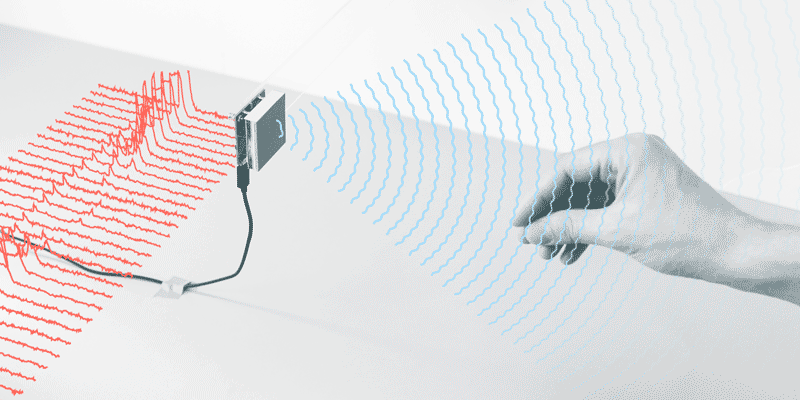
Episode 1: Autonomous Radar Sensor
- Posted by Griffin Adams
- On September 20, 2022
ABOUT THE AUTHOR(S)

Griffin Adams
Griffin has almost a decade of experience with electronics design and assembly, test and troubleshooting, and embedded software. His combination of Electronics Technology degree and Engineering Physics degree gives him a unique perspective on product design. His motto to never stop learning drives him to stay informed of technology, trends, and advancements not only in electrical engineering but also in related fields of physics and bioengineering. Griffin has designed PCB’s for consumer electronics that include digital signal processors and DDR memory, and medical devices that need rigid-flex PCBs capable of folding into a handheld device.




